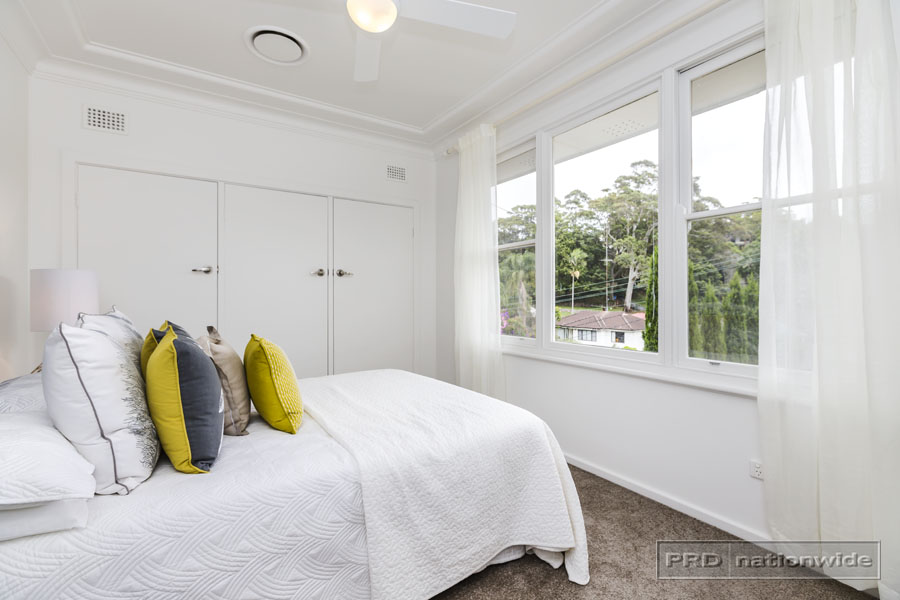At first glance, property renovation for wealth seems an easy thing to do. You buy a property at a low price, give it a facelift, and then sell it for a higher price. You can also rent it out and capitalise on your rental yield. Sounds easy, right?
It’s true that property renovation is a totally different strategy if you intend to profit from the property industry. It’s one of the fastest ways for you to manufacture equity and to generate cashflow. But in practice, the business of property renovation involves creating a system to help you ensure an efficient renovation timeline and optimised profits as a consequence.
So what do you need to know?
1. Property Renovation isn’t for Everyone
In renovation, you gain some but you can lose some. It’s a result of the combined contributions of various market factors that determine whether or not a property renovation project will be successful. So success is all about the actions that you do at the onset and how you do them. Research, planning, due diligence, and spotting valuable opportunities in the property are key elements to increasing a property makeover’s profit potential.
2. You Have to Renovate in the Right Suburb
There’s such a thing as a ‘renovation suburb.’ This is a suburb ideal for renovation for wealth. And how do you find this suburb? Research. You have to know where to find a property that you can renovate and that allows you to forecast your profit margin. For me, I keep a checklist that I use when I review potential property leads. This ensures that I have all bases covered before I make a decision to buy and to renovate.
3. You Have to Select the Right Property
Once you’ve picked the suburb, you can’t simply walk up to an agent and say that you’re buying the house he or she is selling. Keep in mind that not all properties out in the market have the potential to be renovated. There are structural, aesthetic, and financial analyses that need to be conducted before making a decision. Besides, apart from houses, apartments and terraces can also be renovated.
4. You Have to Factor in Costs
You need to be able to work your numbers out. How much renovation work is needed? How much will that work cost? How much will the property cost post-renovation? It’s a good habit to always keep the end in mind while you’re crunching those numbers so that you can properly estimate your profit margin.
5. Damaged or Defective?
A good decision for you is to target dated properties or those that have defects on them. These are properties that you can ‘fix’ through renovation. However, you should still consider the existing floor plan as you can’t simply alter the property’s skeleton. While you can move walls and windows around, you can’t simply deviate by taking off a beam as doing so may affect the structural integrity of the building.
6. Buy Well
The best way to make sure that what you’re buying is really worth it is to uncover vendor motivation. Why are they selling? How flexible are they when making adjustments to the asking price? At times, vendors make decisions based on their idealised price or the price they were told they can get when they sell. In this case, its always a good idea to know why they’re selling. This is when you can start negotiating.
For more information














